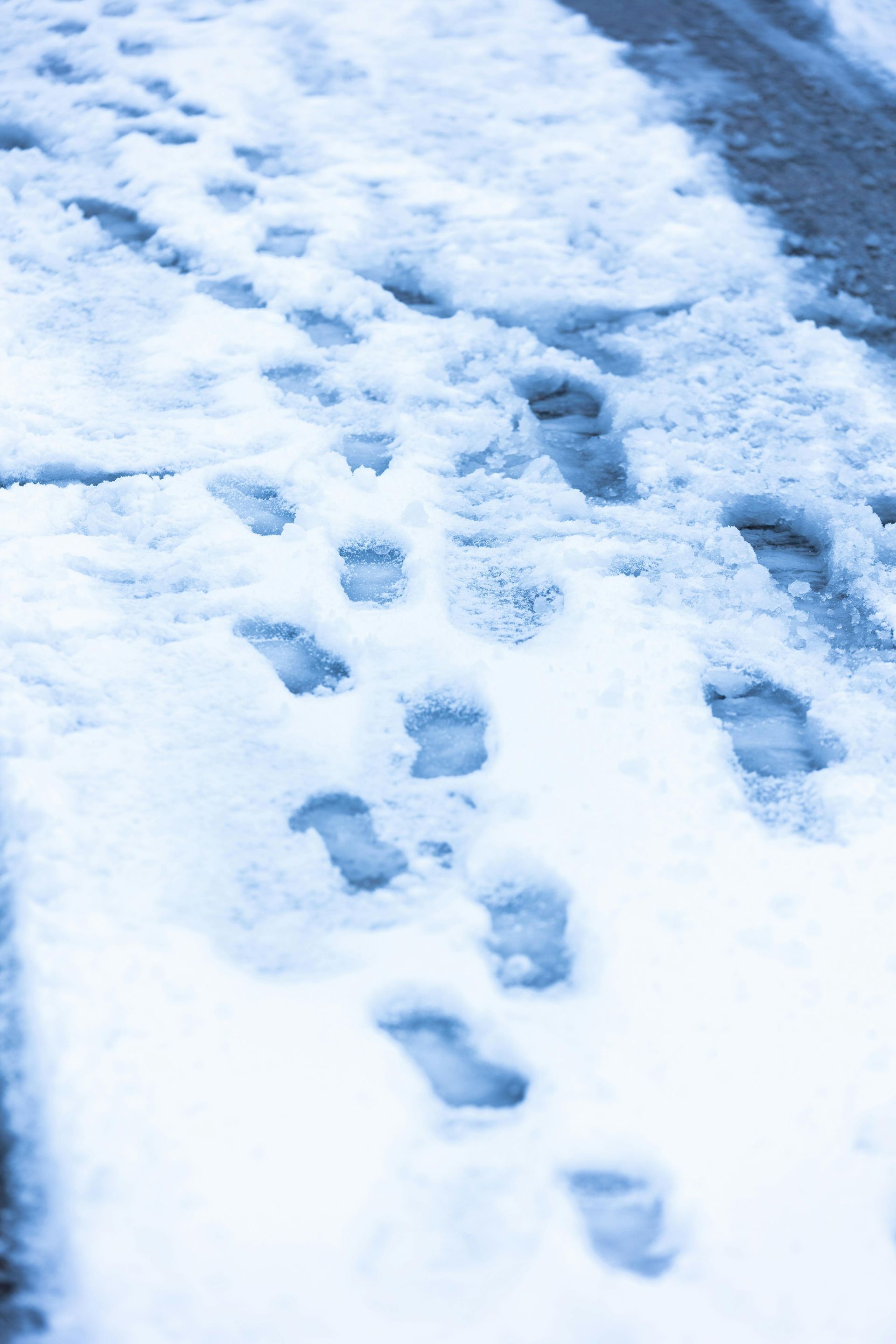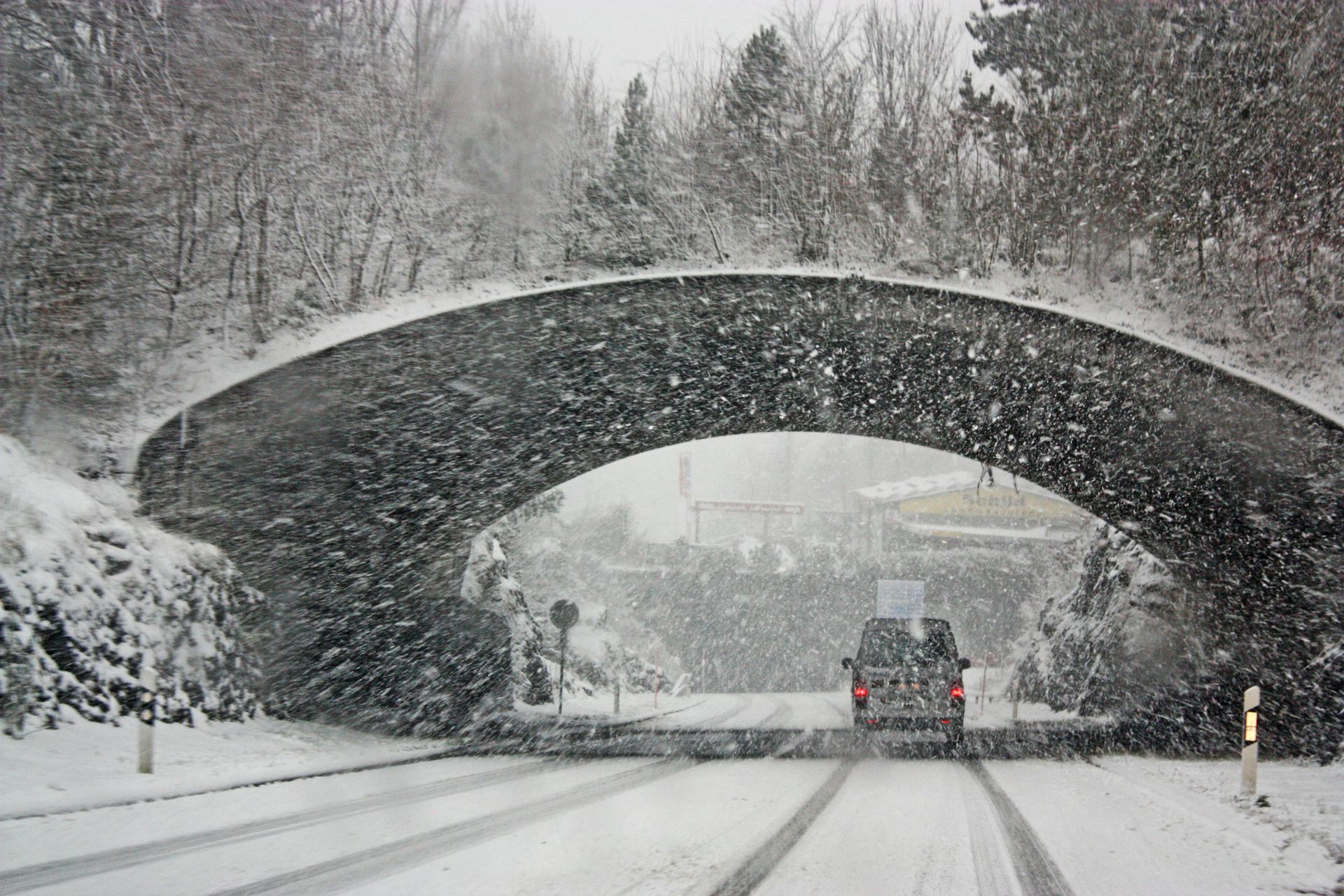Why You Should Use Liquid Ice Melts Over Salt This Winter
Brad Caton, Invictus Founder and CEO • November 10, 2018
Until recently, we really only had two options when it came to de-icing and anti-icing our properties in the winter – rock salt or ice melt. Rock salt is the better of the two for removing existing ice (de-icer), while ice melt does a better job of preventing ice from forming (anti-icer). Rock salt has been around since before the 1900s, while ice melt didn’t gain popularity until the late 1980s/early 1990s.
Since then, ice melt has become the more popular of the two, because it has a slightly safer chemical composition, which is better for the environment, your health, and your property. However, neither rock salt nor ice melt is a perfect solution. Here’s a little comparison of the two, so you can see what I’m talking about:
- Rock salt is corrosive to roads, concrete, and metal – i.e. your car.
- An excessive build-up of some types of ice melt may be toxic to the environment.
- Rock salt is made from sodium chloride, which is what table salt is made of.
- Ice melt is made from three main types of salt: calcium chloride, magnesium chloride and sodium acetate.
- Rock salt dust can irritate your mouth, throat, stomach and intestines if accidentally inhaled, and it can lead to severe vomiting or diarrhea. And it’s not just people who are affected. Animals can suffer kidney damage or even die if they eat too much rock salt. Birds that consume rock salt may become disoriented and unable to fly until they recover.
- If consumed, ice melt can cause irritation resulting in a rash, redness inside the mouth or drooling. Pets can develop dryness and irritation on their paws and skin if they walk through ice melting chemicals. They can also develop mouth irritation or poison themselves if they ingest the chemicals.
Until about the early 2000s there was no other solution, until liquid ice melts, used for both de-icing and anti-icing, became popular. Liquid ice melts are fast acting; safe for all surfaces, including concrete, asphalt, glass and metal; stick better to road surfaces and remains effective longer than salt.
As soon as liquid ice melts became known, I recognized they were the better option and started using them at my company, Invictus Professional Snowfighters. However, I had a feeling the industry could do better. I believed we needed a product just as effective as a liquid ice melt, but also safe for the environment. So I created Easy Ice Melt, Invictus’ proprietary eco-friendly de-icing and anti-icing liquid , which is created by the dilution of granular salt in water to create liquid salt brine. It’s less harmful to plant life, animals and automobiles; and leaves a smaller carbon footprint. Our clients love it because it’s just as effective as rock salt, but safer for the environment, and for their properties.
Invictus offers three types of Easy Ice Melt, including:
- Easy Ice Melt – the original version – an efficient de-icing sodium chloride product. Safe to use around people and pets, while keeping your outdoor space safe and ice free. Perfect for commercial and residential applications.
- Easy Ice Melt Premium is made up of a blend of calcium chloride and sodium chloride. Calcium and sodium chloride has long been known as an ingredient to melt ice safely down to low temperatures. It is a powerful liquid de-icer.
- Easy Ice Melt Supreme is a great option for runway, taxiways and aprons, as it does not contain chlorides. It’s also the perfect solution for areas such as bridge decks, vessel decks, ferries, drilling platforms and transit or railway platforms. A 100% Chloride & Urea free and meets all LEED standards.
Since winter is just around the corner, now is the time to get your property prepared. Before you run out and purchase the most popular or cheapest anti-icer or de-icer, first do some research and find the best option to fit your needs.
Recent Posts










